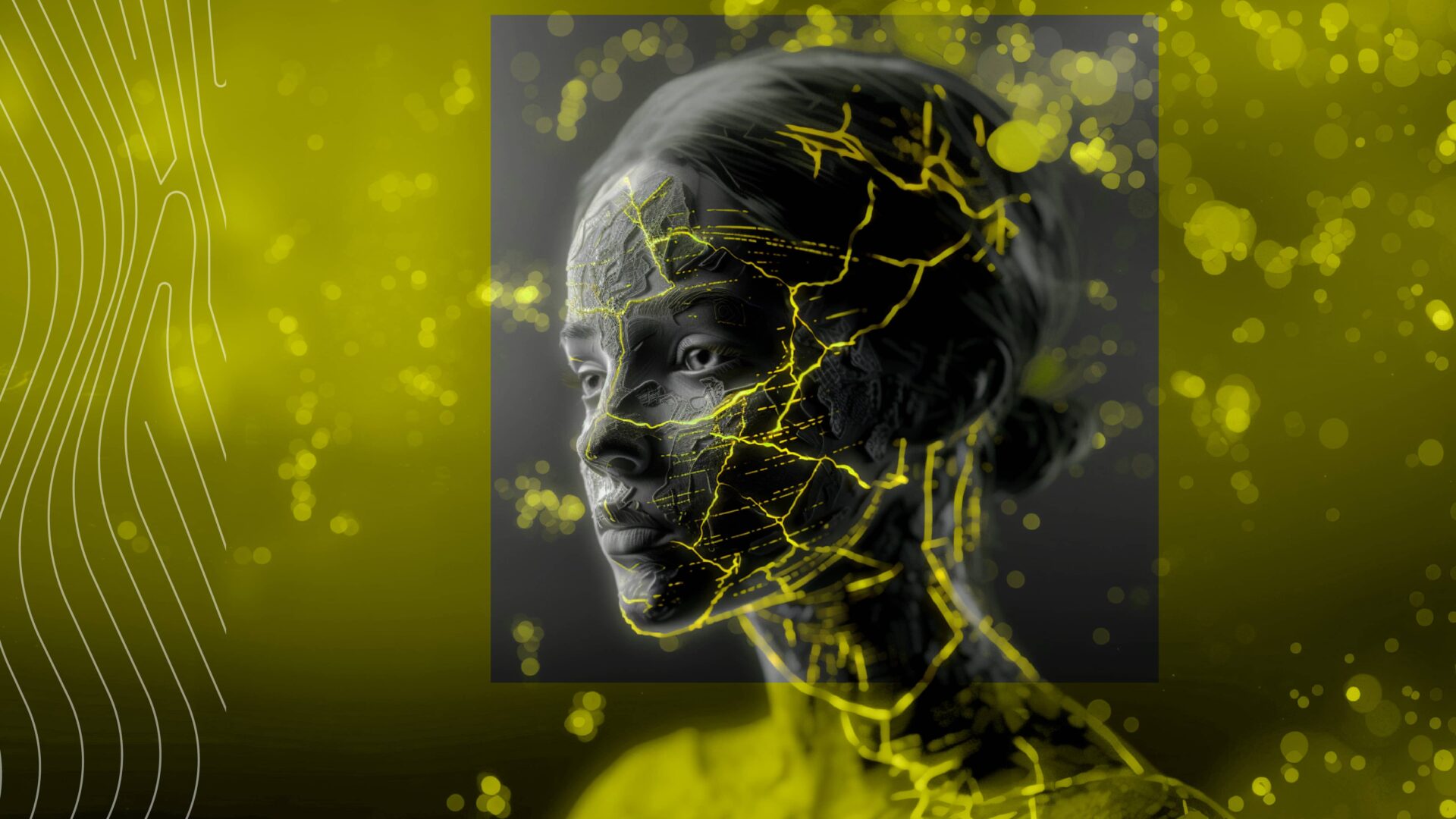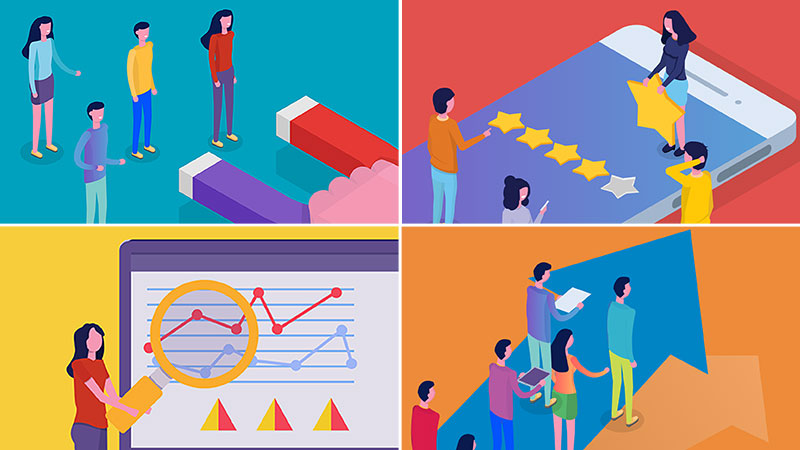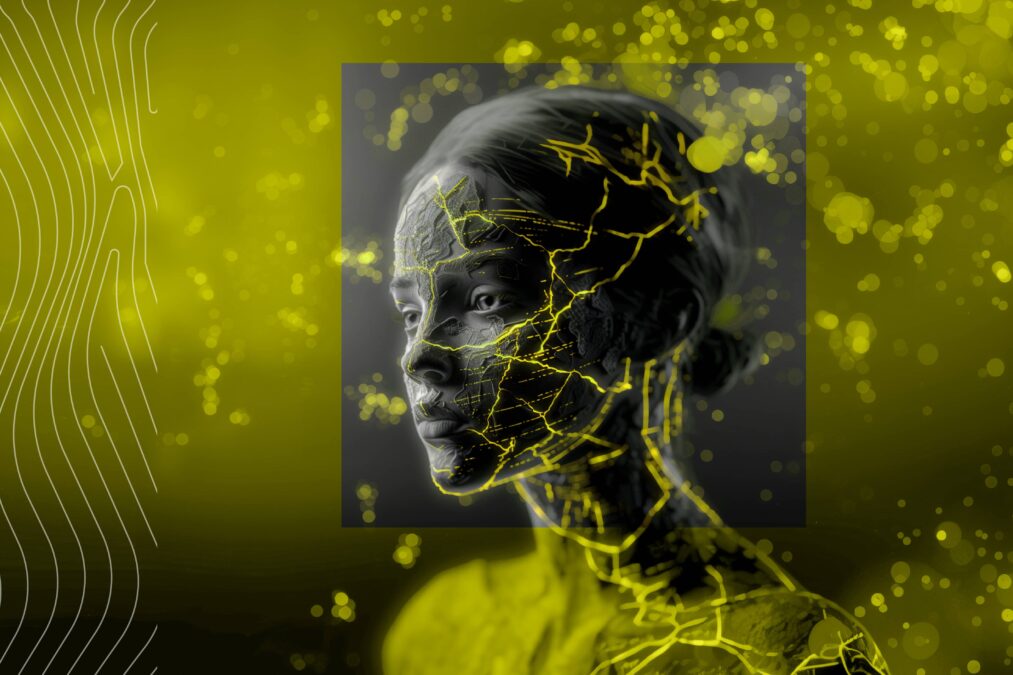The probability that you’ll bump into someone you know at the grocery store when you’re wearing your ugly sweats also applies to the likelihood of coming across AI-generated content when you’re online. AI has set up shop in every digital nook and cranny, but even as the technology continues to look smoother and better, consumers can still spot a fake.
Remember Coca-Cola’s universally panned Christmas commercial, Holidays Are Coming? Or Google’s unintentionally unsentimental Dear Sydney ad in which its AI tool Gemini is better at writing from the heart than a big-hearted child?
The lackluster response to certain AI-generated content, or to the suggestion that AI could re-create a human experience, exposes the emotional void between the message and the medium. Consumers are motivated to act when the content hits the right nerve—when it feels purposefully accurate and true to the brand.
But marketers also have to find space to tell their stories efficiently, quickly and relevantly. While AI has spurred a new model for content creation, it’s also welcomed a Renaissance for brand value and authenticity.
Looking for Authentic AI Is Like Falling Upward

The human element and authenticity go hand-in-hand. There’s nothing truly authentic about AI. Its data models are trained to pull from existing information and works (watch this Heinz AI commercial to see what we mean), which undermines the very definition of originality and creativity. Searching for authentic AI is like trying to fall upward.
We recommend using AI capabilities to drive, shape or enhance your content, strategy and creative execution. For example, AI is perfect for ideation and brainstorming , finding great images for a presentation or exploring a topic. But AI shouldn’t be the answer for replacing what only a human can do: tell authentic brand stories.

Most consumers accept that AI is here to stay—even if some don’t want its company. Customer sentiment data reveals that U.S. adults are all over the map about AI and its impact on society. Their feelings range from tolerating the technology (48%) to the dystopian fear that AI will destroy the human race (36%).
Fear of an AI invasion aside, marketers are adopting AI solutions quickly and enthusiastically for everything from creating slides and email content to data analysis and automation. But whether you’re tiptoeing into the technology or taking a deep dive, AI will never represent brand authenticity unless we call on humans to add those nuances that a machine brain can’t quite figure out.
Social Media and AI: The Perfect Playground

As Coca-Cola learned the hard way, audiences know or suspect AI when they see it. If a brand tries to pass off AI for reality or use AI in ways that dehumanize the human experience, the effort will likely backfire. Just ask Google.
Also, let’s not forget that consumers are still trying to get comfortable with AI on social media. Digital characters playing the role of spokesperson (like Miquela) or digital supermodel (like Shudu) are popping up in more places to sell more products, but their presence still isn’t universally embraced by consumers. Neither is advertising that consumers know is written, edited or designed by AI.
So, marketers need to be strategic when using AI for marketing campaigns. Social media can be the perfect playground for testing the technology’s use with content creation, social listening and management, automation, and analytics. But tread lightly. Overreliance on AI to drive the results you want or underestimating the need for human oversight and editing can lead to negative results.
Here are some guidelines we recommend for using AI for social media and marketing.
- Find or Hone the Big Idea: Creative campaigns usually rally around one big idea. At Pace, we sometimes use AI as a starting point for brainstorms and ideation sessions.
- Still Looking? Need a topic, data, competitive analysis, trend info or the names of the top pet influencers? Our creative teams use AI to dig in.
- Plot Your Subpoints: Great marketing relies on nuance and solid research. Use AI to help find subpoints and subcategories, outline a topic, and more.
- Automate the Easy Stuff: Our industry has no shortage of checklists. At Pace, we’ve used AI to create an agenda, check facts, speed up file searching, summarize info from archived assets, and write headers and subject lines.
- See the Similarities: Marketing relies on proof points, not good guesses. Use AI to analyze data for audience and brand insights. AI has helped our teams categorize thousands of user reviews, for instance, so human analysts can spend more time mining for insights.
- Optimize for Your Audience: You’re never one and done with marketing. Our strategists use AI to help generate SEO outlines that address content gaps and opportunities for optimization.
AI is here to stay. But like that favorite frayed concert tee you wear only on lounge days, it has its place. By establishing business rules and setting users up for success with the right tools, training and governance, AI can help brands evolve their marketing—but it can’t do everything.
Use AI and your talented humans to market authentically, and you’ll capture audience attention, amplify customer sentiment and build what’s most important: plenty of brand love.



